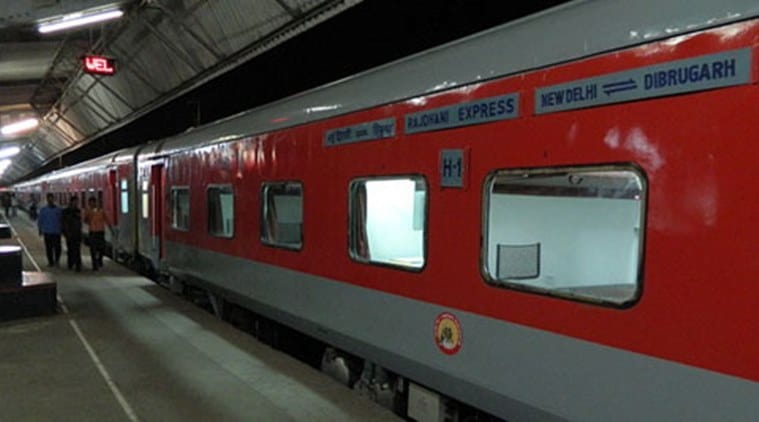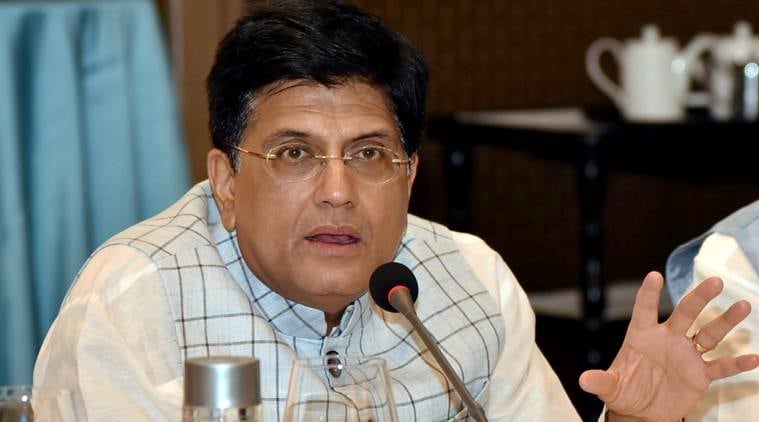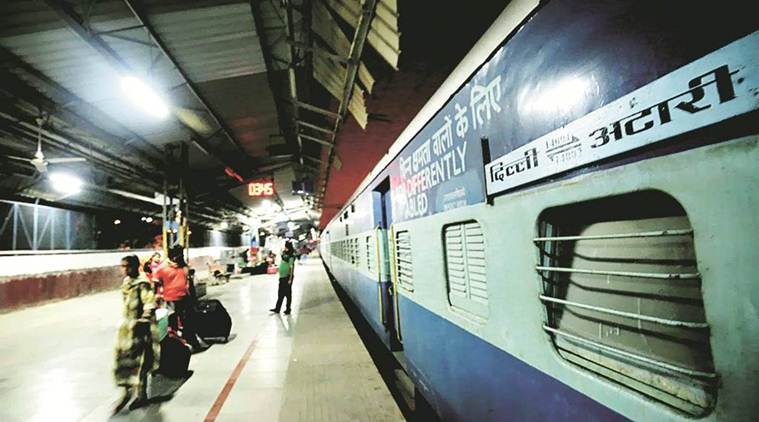The last set of remaining rakes was retrofitted with this solution in South Eastern Railway. Carried out without fanfare, the job took two years at a cost of around Rs 5 lakh per coach. All rakes (trains) have now been covered.
Written by Avishek G Dastidar |New Delhi |Updated: June 24, 2019

By late April this year, the Railways managed to retrofit all its LHB stock — over 5,000 coaches, including all the 42 Rajdhani rakes. (Representational)
Two decades after the German-made Linke-Hoffmann-Busch (LHB) coaches were introduced, the Railways has managed to get rid of the all-too-familiar jolts and swaying that passengers experience while travelling on board even premium trains. The solution: retrofitting a new version of the Centre Buffer Couplers (CBC), the equipment used to link coaches in a train.
By late April this year, the Railways managed to retrofit all its LHB stock — over 5,000 coaches, including all the 42 Rajdhani rakes. Premium trains running with the LHB stock, like Rajdhanis, have been notorious for the jolts that passengers experienced, especially at high speeds and also while braking, taking away the comfort such trains promised.
From teacups spilling over to passengers being jolted from berths and even losing balance while walking in the aisles of Rajdhanis, these are among the common complaints on board these trains. For decades, they have been attributed to a fault in the couplers with no solution in sight. The unstable nature of the couplers also posed a safety issue. The issue had even led to questions being raised in both Houses of Parliament and its committees.
 Union Minister for Railways, Commerce and Industry, Piyush Goyal at a meeting in New Delhi. (Source: PTI Photo)
Union Minister for Railways, Commerce and Industry, Piyush Goyal at a meeting in New Delhi. (Source: PTI Photo)
The solution eluded Railways for 10-15 years, Rajesh Agrawal, Railway Board Member Rolling Stock told The Indian Express. “The Rolling Stock team in RDSO, Zones and Board then reviewed the designs, technicals etc and embarked on a mission mode to eliminate jerks within six months starting in November 2018,” he said. He said premium trains including the Rajdhani and Shatabdi were prioritised to be completed by January.
Advertising
“This has now been completed. Further, drivers are being counselled to use regenerative/dynamic braking at speeds above 30kmph in order to completely smoothen the draft/buffing forces. For the future, semi-automatic couplings are being planned as in Vande-Bharat express.”
The last set of remaining rakes was retrofitted with this solution in South Eastern Railway. Carried out without fanfare, the job took two years at a cost of around Rs 5 lakh per coach. All rakes (trains) have now been covered.
The retrofit solution to eliminate the jerks involved replacing the single pack draft gear or floating plate draft gear with balanced draft gear in the Centre Buffer Couplers.
While CBCs had a fault of allowing internal movement that amplified into jolts and swaying, the new balance draft gear is equipped with shock-absorbers.
 The matter has been serious enough for the Railways to insert this program into its Rs 1 lakh crore Rashtriya Rail Sanraksha Kosh. (Representational Image)
The matter has been serious enough for the Railways to insert this program into its Rs 1 lakh crore Rashtriya Rail Sanraksha Kosh. (Representational Image)
Wear and tear also causes a gap between two couplers fitted together. To get rid of that, engineers have fitted shims in them. And now, the Research Designs and Standards Organisation has been asked to work on a new design of couplers that do not allow the gap to develop even after wear and tear.
In addition, train drivers are being counselled not to use air-brakes (that involve the brakes of coaches) at high speeds. Instead, they have been asked to use the dynamic regenerative braking of the engine as far as possible.
The matter has been serious enough for the Railways to insert this program into its Rs 1 lakh crore Rashtriya Rail Sanraksha Kosh or special safety fund of the government. Over the last few months, before the previous NDA government ended its term, Railways marshalled all its resources to get hold of its rakes and complete the retrofit in coaching depots across India.




.jpg)
.jpg)



0 comments:
Post a Comment